RTE coordinator Daniel Giraldo promotes the use of rock dust in Colombia
The Western Andes Range has one of the richest mineral deposits of volcanic origin in the Andes Mountains. This is where Daniel Giraldo, coordinator for Remineralize the Earth (RTE) in Colombia and owner of Agrempacados E.U., obtains the raw material for the rock dust that he offers to local farmers for soil remineralization.
Based in Cali, Colombia, Agrempacados is a family business that commercializes rock dust from diabase, an igneous rock of volcanic origin. Back in 2001, Daniel’s father’s experience and good relationship with the aggregate industries operating in Colombia’s Western Range led him to consider alternative uses of construction aggregates, and he began to do some research.
“Then we came across RTE,” said Daniel in a recent interview. “With no previous experience with remineralization or farming, we needed to learn everything from scratch, and on the RTE website we found all the knowledge we needed. There we became acquainted with the ideas of John Hamaker and others on soil remineralization, and we began to learn about rock dust as an alternative to industrial fertilizers.”
Daniel and his father were quickly convinced of the value of remineralization, and they believed that diabase rock dust could help Colombian farmers to improve the production and nutritional properties of their crops. They realized that this was a perfect opportunity to implement the principles of remineralization, because the rock material was readily available.
Daniel invested in grinding equipment to further grind the diabase extracted by the aggregate factories, and MIDAZ® was born. MIDAZ® is a diabase rock dust that is extremely fine and therefore easily absorbed by plants: over 95% of MIDAZ® passes through a 200-mesh screen, and 80% passes through a 325-mesh screen. With around 70 minerals and trace elements, diabase rock dust provides all the mineral nutrition a plant needs for healthy and nutrient-dense growth.
Increasing local farmers’ crop production
Cali is located in the Cauca river valley, which is dominated by the Colombian sugar industry. With more than 500,000 acres devoted to sugar cane farming, sugar cane producers would have been the logical target market for MIDAZ®; however, Daniel had something different in mind.
“A major social impact was paramount for us. We wanted to help Colombian farmers increase crop yields and to benefit the health of their families and customers. We soon understood that we would not achieve these goals with the sugar cane industry because the benefits in production would not be passed on to the consumers.”
In order to enhance the production and nutritional properties of a larger number of crops, Daniel turned to small producers. Because most of the cost of remineralization is in transporting rock dust to the farmers, he decided to concentrate on local farmers in order to keep prices low.
“We focus on small producers with no more than 25 acres—ideally, organic farmers with a 2 to 5 acre orchard that they grow for themselves, for their families, and for sale in the local market. Currently, we are working with 15 regular farmers, with whom we are developing the product.”
Nevertheless, working with small producers presents its own challenges—it is more difficult to conduct rigorous and well-documented studies, and they are more vulnerable to inclement weather. For example, last winter, heavy rains in Colombia severely hurt many farmers in the region, destroying their crops and making it impossible to follow up on the effects of rock dust.
In spite of such setbacks, there is some promising data already. With the help of agro-industrial engineer Gina Rodríguez, who is visiting local producers to assess the results of rock dust applications, the local farmers have gathered some modest but encouraging results. For example, corn, which has received the most study, has shown an increase in germination rate of 20 to 50% and an increase in production of 10% compared to areas without rock dust. Corn from fields treated with rock dust also exhibited improved resistance to humidity. Daniel and Gina have found additional good results for tomatoes, bananas, avocados, vegetables, and flowers. In one striking example, coffee plantations that had stopped producing regained fertility in one year after they were treated with diabase rock dust.
The most extensive study that Daniel has conducted thus far involved rock dust’s effects on chicken manure production. In La Esperanza, an egg farm in Buga, rock dust was added to the manure ditch in order to enrich the chicken manure with a wide range of minerals and make it more effective as an organic soil amendment. Although the chicken manure will not be collected until October 2011, results were visible within a few months of the application of rock dust: microorganisms had begun to process the diabase rock dust, rendering a product with ideal properties for enriching the soil. In addition to supplementing chicken manure with a diverse array of minerals and trace elements, the rock dust is reducing humidity and emissions of ammonia, thus improving working conditions and the health of the chickens.
Changing the paradigm
Daniel’s experiences in Colombia have made him a staunch advocate of the use of rock dust as an economical and ecologically sound alternative to industrial fertilizers—and he is not the only one.
“In other regions of the country, especially in the coffee region, others are using rock dust, which they grind themselves, with good results, helping to slowly break the paradigm of industrial fertilizers in Colombia,” said Daniel in reference to other initiatives involving the use of rock dust in Colombia.
But Daniel is aware that educating farmers is also essential if the current model of agriculture in Colombia is to be changed. Agrempacados sponsored Daniel’s first educational event in summer 2008 at the Universidad de Buenaventura, in Cali. In a three-day seminar, Eugenio Gras and Andrés Piñeiro, world-renowned experts on organic farming and members of COAS (Council for Sustainable Agriculture and Permaculture), presented a course on remineralization, organic farming, and permaculture. The course had an excellent reception, with around 350 attendees. Since then, and following their collaboration with COAS, Agrempacados has sponsored several seminars and funded two diploma studies, which were completed in 2008 and 2010.
Daniel plans to perform more studies on remineralization with rock dust, and he is particularly interested in collaborating with Jesus Gomez, a local producer with 20 acres who has devoted more than 30 years to organic farming, growing vegetables for his own consumption and for the local market. Jesus has publicly discussed his experiences with organic farming in other Latin American countries such as Peru and Ecuador, and he is helping to organize a meeting of organic farmers this September in Cali, with the support of the Andean Community of Nations and government agents.
Daniel is a convinced proponent of using rock dust to remineralize depleted soils, and he is a firm believer in remineralization’s crucial role in the ecology of the planet.
“We are certain that worldwide farming needs a radical change. Rock dust is essential not only for soil remineralization and farming but also for stabilizing the climate.”
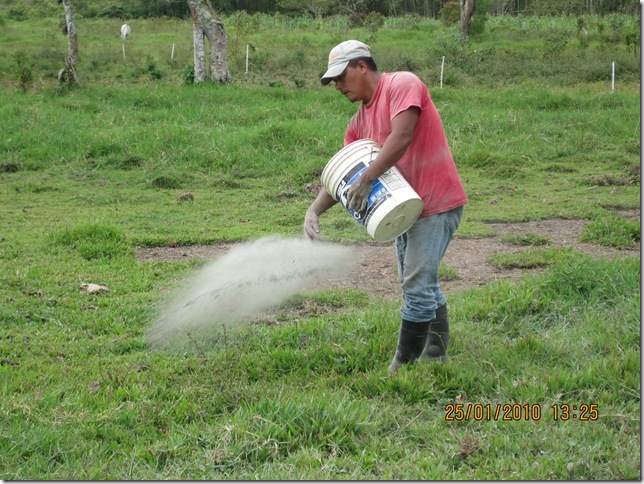
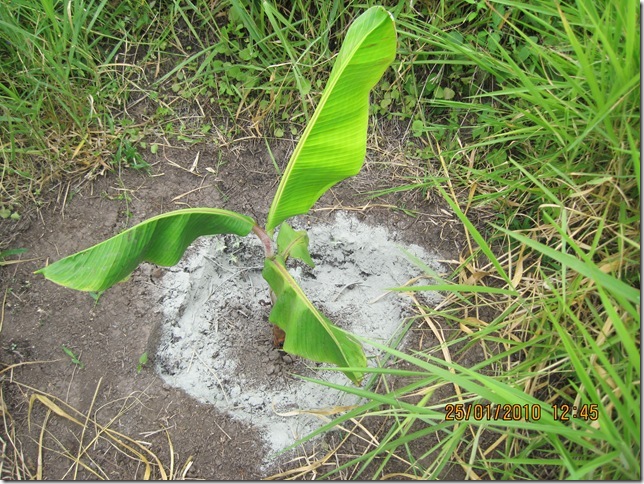
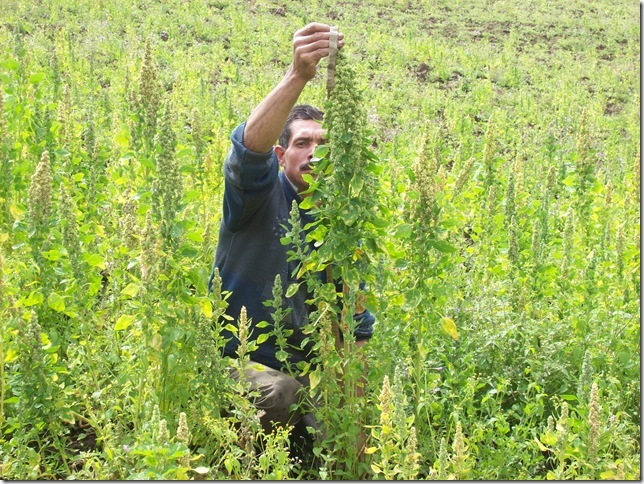
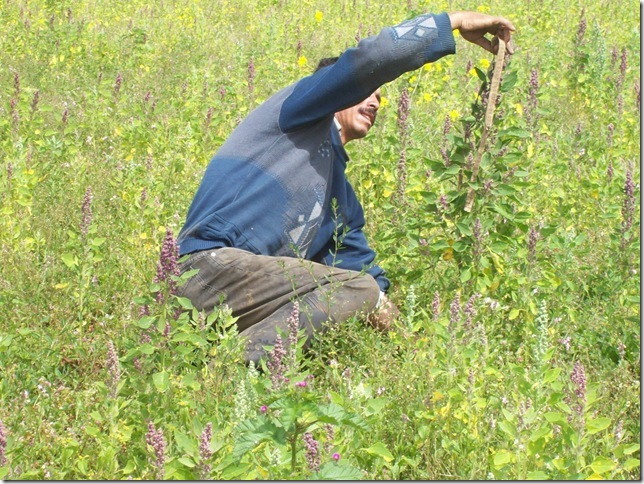
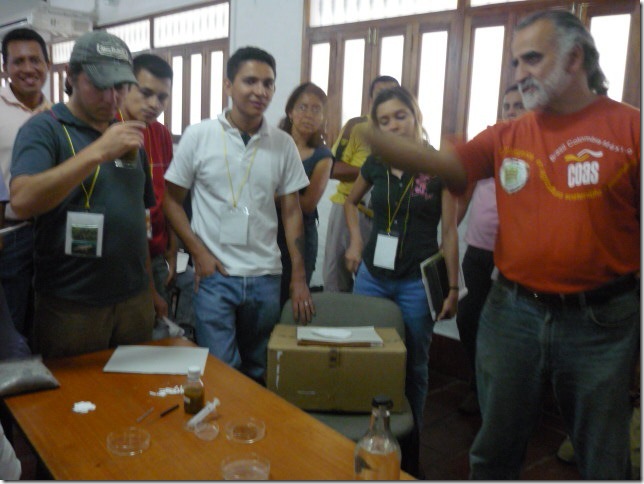
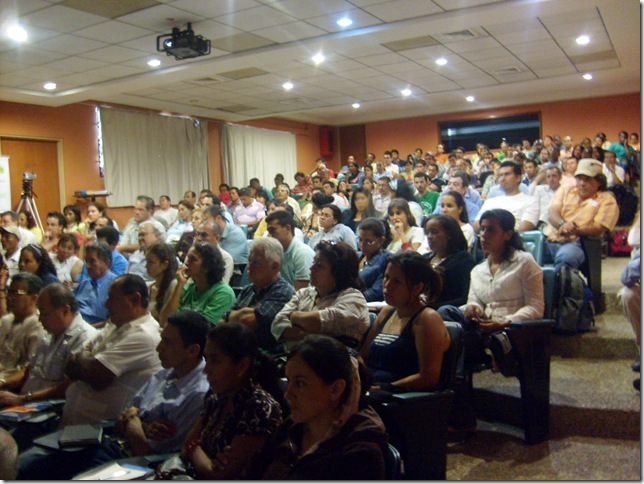
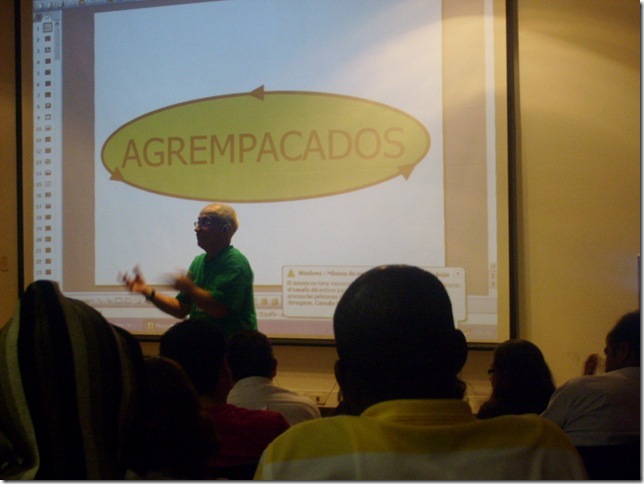
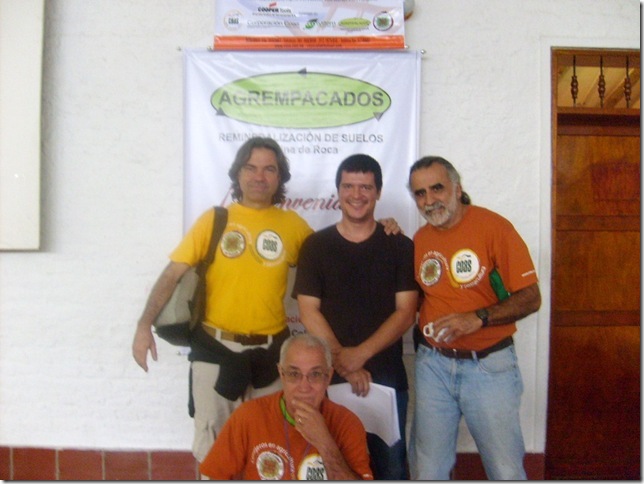
Support us on Patreon
Thank you for joining us today! Please become a member of RTE and support us on Patreon. Unlike many larger organizations, we work with a team of determined and passionate volunteers to get our message out. We aim to continue to increase the awareness of remineralization to initiate projects across the globe that remineralize soils, grow nutrient dense food, regenerate our forests’ and stabilize the climate – with your help! If you can, please support us on a monthly basis from just $2, rest assured that you are making a big impact every single month in support of our mission. Thank you!

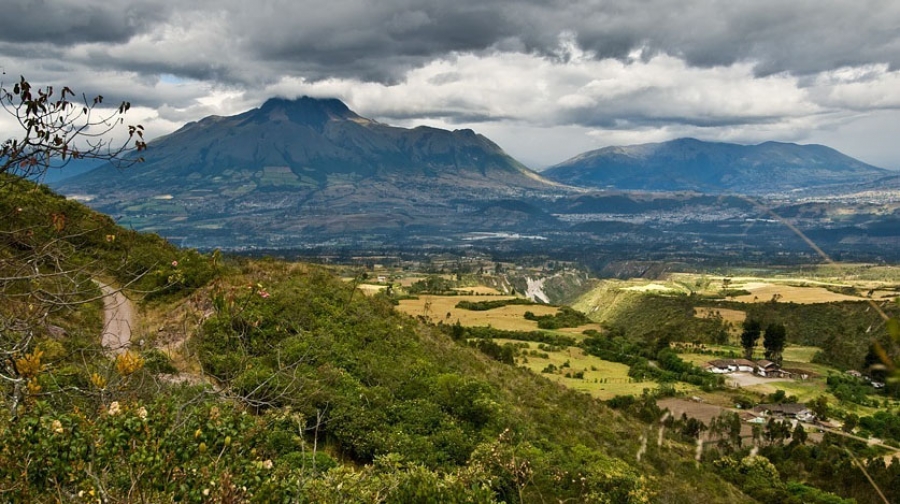






jim Aamodt
November 12, 2021 (1:50 pm)
Looking to purchase Don Weaver’s book, Remineralizing the Earth.
Joanna Campe
November 21, 2021 (11:40 am)
Don Weaver’s book Regenerate the Earth! is available here https://soilandhealth.org/book/to-love-and-regenerate-the-earth-further-perspectives-on-the-survival-of-civilization/.